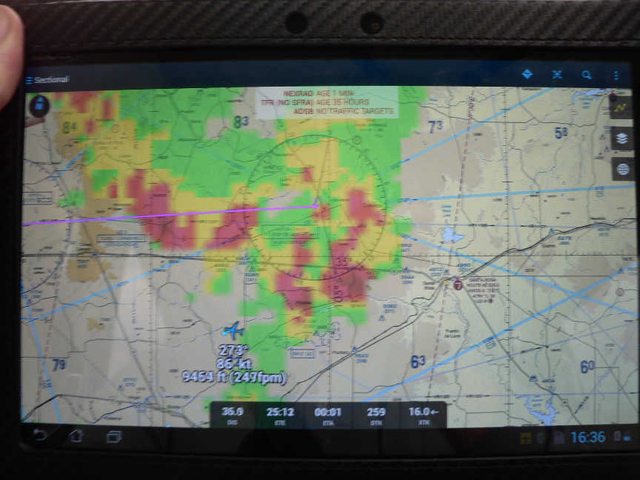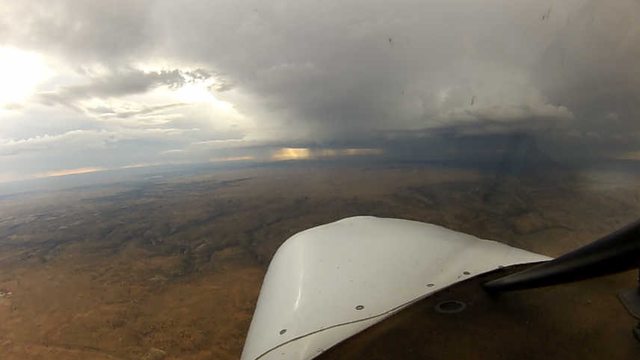narchee
Line Up and Wait
- Joined
- Sep 8, 2014
- Messages
- 722
- Display Name
Display name:
Long Blinker
I found this picture on another site. The left is XM, the middle is regional ADS-B and the right is national ADS-B.
The ADS-B images don't look as good. What about the rest of the weather offering from ADS-B? Is it as good as XM? Is it as reliable? XM is very reliable seeing you're getting it from the satellite.
Any opinions from those familiar with both?
The ADS-B images don't look as good. What about the rest of the weather offering from ADS-B? Is it as good as XM? Is it as reliable? XM is very reliable seeing you're getting it from the satellite.
Any opinions from those familiar with both?





